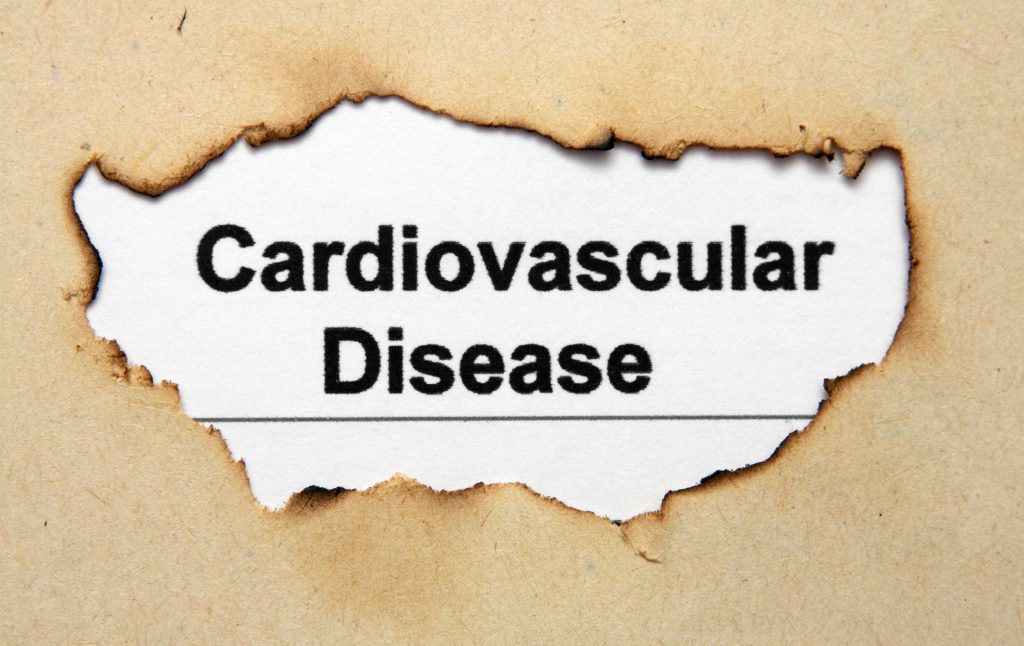Arq. Bras. Cardiol. 2022; 118(6): 1132-1133
Cost-Effectiveness of Using the Coronary Calcium Score to Guide Therapeutic Decisions in Primary Prevention in the Brazilian Population
This Short Editorial is referred by the Research article "Cost-Effectiveness of Using the Coronary Artery Calcium Score in Guiding Therapeutic Decisions in Primary Prevention in the Brazilian Population".
Cardiovascular diseases (CVD) statistics never fail to impress even the most hardened and experienced physician. One-third of deaths worldwide are still due to cardiovascular causes (85% of those are myocardial infarction and stroke), and 75% occur in mid-to-low income countries., Half the people who died of myocardial infarction never had symptoms before the tragic event, and most never had the diagnosis of coronary artery disease. Despite our best efforts, the prevalence of ischemic heart disease (IHD) has been steadily rising for the last 30 years worldwide due to population aging, but even if we standardize by age, the prevalence has been stable, and notwithstanding fallen. This fact highlights the importance of lifestyle changes that allow for a healthier heart and the need to focus on implementing existing cost-effective policies and interventions.
Coronary calcification is almost always a marker of atherosclerosis. The coronary calcium score (CCS) is a number that quantifies coronary calcification as a surrogate for total coronary atherosclerotic burden. Even though calcification results from plaque healing, higher-risk plaques tend to have proportionately greater non-calcified components; CCS has been proven to be a strong predictor of CVD and IHD events in multiple large, solid, population-based studies.
[…]
417

